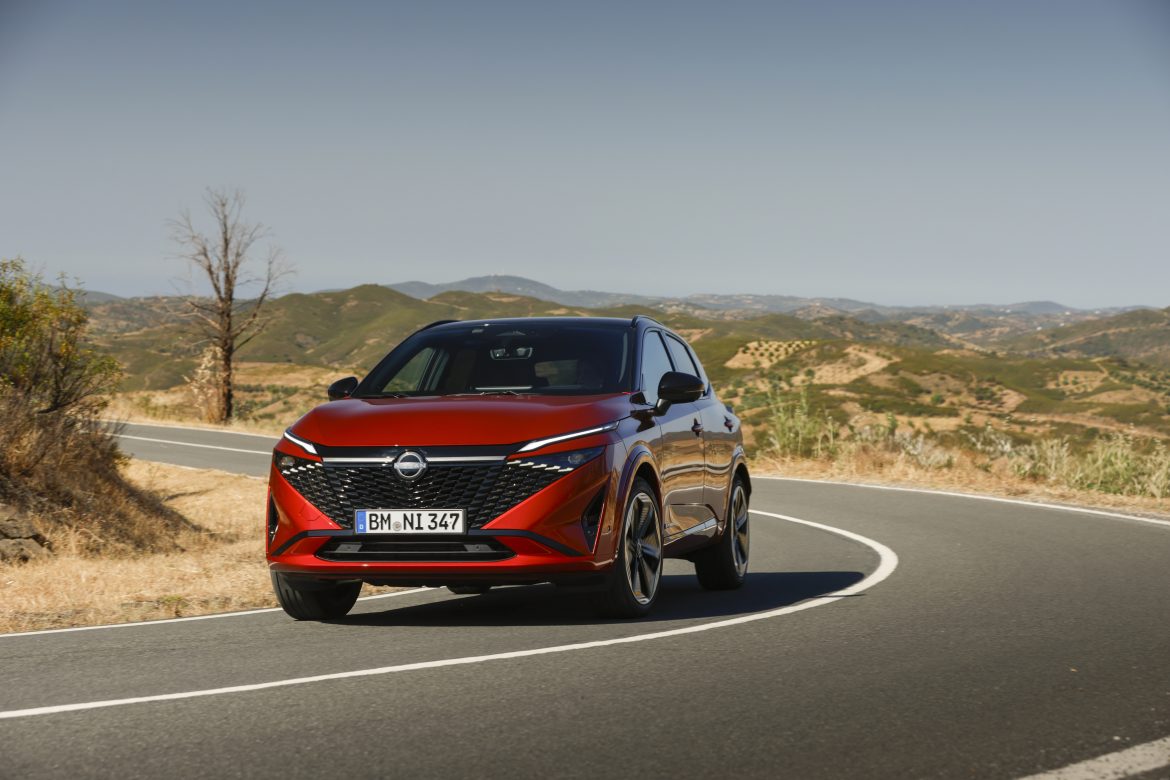The highly competitive U.S. automotive market is proving to be a significant challenge for global carmakers, as weak prices, high inventories, and logistical difficulties erode profits and investor confidence. On Thursday, automotive giants Stellantis and Nissan saw their shares plummet following disappointing financial results, while Ford’s stock also took a hit in premarket trading after missing analyst expectations.
Stellantis, the world’s fourth-largest automaker, witnessed its Milan-listed shares drop by nearly 9%, touching their lowest point in almost a year. The company, formed from the merger of Fiat Chrysler and PSA Group, reported worse-than-expected first-half results, prompting CEO Carlos Tavares to announce decisive measures to address weak margins and high inventory levels in the U.S. market.
In a surprising shift of strategy, Tavares declared that underperforming brands within Stellantis’ diverse portfolio could face elimination. “If they don’t make money, we’ll shut them down,” he stated, marking a departure from his previous stance that all 14 brands under the Stellantis umbrella had a secure future.
Natalie Knight, Stellantis’ Chief Financial Officer, emphasised that the North American market “needs the most work,” outlining plans to focus on inventory reduction, logistics improvements, pricing strategies, and production output adjustments in the region that generates the bulk of the group’s profits.
Similarly, Nissan faced a near-total erosion of its fiscal first-quarter profits, forcing the Japanese automaker to revise its annual outlook downward. The company’s aggressive discounting strategy in the U.S., aimed at clearing dealer inventories, severely impacted its margins. Nissan’s shares fell by 7%, with the negative sentiment spilling over to its French alliance partner Renault, despite the latter posting better-than-expected first-half profits.
Ford, the American automotive stalwart, wasn’t spared from the market’s challenges either. The company’s shares sank as much as 13% in premarket trading following second-quarter results that fell short of analyst expectations. Ford’s performance was hampered by high warranty costs and an underperforming electric vehicle (EV) business, which reported a USD 1.1 billion operating loss for the quarter. The company now expects its EV and software unit to lose USD 5.5 billion for the year before taxes.
These developments underscore the broader challenges facing the global automotive industry. Automakers are contending with a weakening sales outlook across major markets while simultaneously navigating the costly transition to electric vehicles and facing intensified competition from more affordable Chinese rivals.
Stellantis, once known for its industry-leading profit margins, now finds its cost efficiency reputation under scrutiny. Bernstein analysts noted that the company’s margins have narrowed to levels not far above those of General Motors, which recently posted solid results and raised its annual profit forecast.
In contrast to the struggles of its peers, Hyundai, the world’s third-largest automaker by sales, outperformed expectations with strong second-quarter results. The South Korean company’s success was primarily driven by robust U.S. sales of premium SUV models and hybrid vehicles, helping to offset weakness in its home market.
As these automakers look to the future, many are pinning their hopes on new model launches and refreshed lineups. Stellantis has 20 new models planned for this year, while Nissan is betting on refreshed versions of its Armada and Murano SUVs to bolster sales in the second half of the year.
However, industry analysts remain cautious. Seiji Sugiura, an analyst at Tokai Tokyo Intelligence Laboratory, highlighted the uncertainty surrounding Nissan’s U.S. product strategy, noting, “It’s totally unclear what vehicles that Nissan is selling in the United States are popular.”



